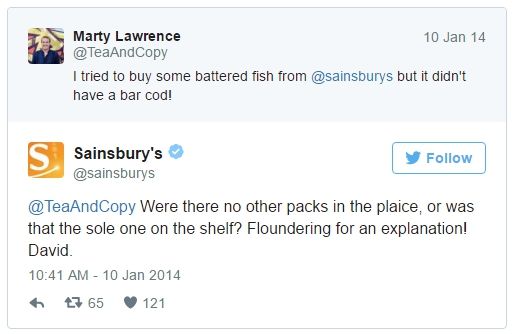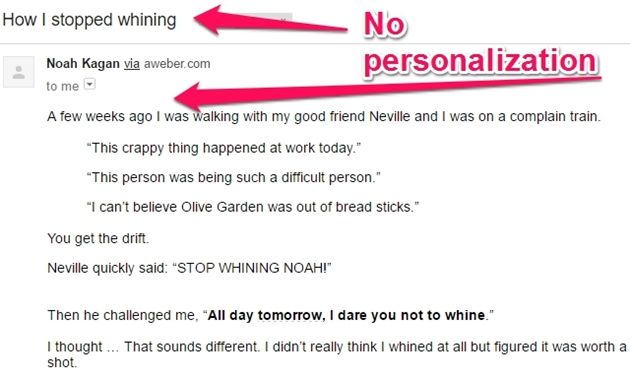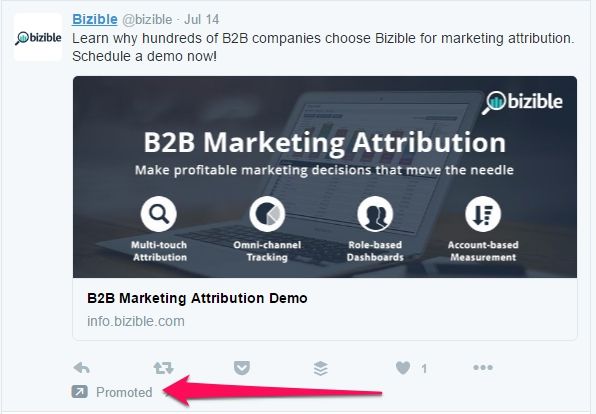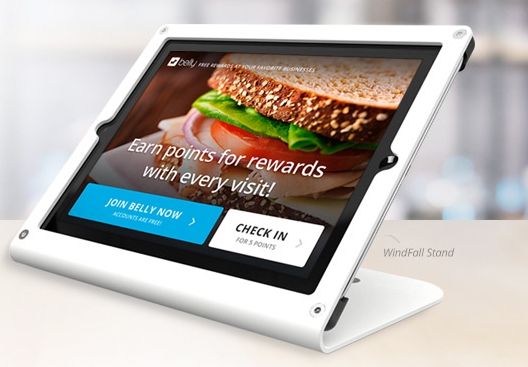Traffic, acquisition, and sales have always been critical priorities for marketers. Yet customer retention also plays a key role—but is too often neglected.
Interestingly, only 49% of small business owners have a customer loyalty or other retention plan in place, according to a Belly survey related to current small business marketing and retention activities. The 429 businesses surveyed represent a range of industries, and they use various marketing tools and solutions.
Here, I'm going to share five findings with the biggest impact for small businesses. I'll also share relevant marketing approaches to help you reach your growth and revenue goals.
1. 72% plan to allocate most of their marketing budget to customer acquisition rather than customer retention
This finding was surprising, considering it costs up to five times more to acquire a new customer than it does to keep one.
Only 28% of merchants surveyed said they were putting most of their budget into customer retention. This is a huge miss according to brand influencer Tamara McCleary, who says existing customers are 50% more likely to try a new product or service from someone they've done business with in the past.
So, how can marketers and business owners drive acquisition without sacrificing retention?
Consider the processes and teams already within your organization. Optimize customer service and experience with upsells that improve the overall buying experience.
Outstanding customer service requires daily interaction with your customers. Training your customer-facing teams with proactive soft-selling skills will help you to serve your customers with new products and services.

A reactive approach to social media is another method for boosting customer retention. Because not everyone will post directly to your social channels with how they feel about your business, you can use tools like Mention to monitor conversations folks are having about your business.
Pay attention to the channels where these conversations are happening. Contribute with guidance in the form of valuable content.
2. Customer loyalty programs, email, and social are considered the most effective marketing channels
We asked 429 businesses where they planned to put their marketing dollars in 2016. These were the top three:
- Social Media Advertising (63%)
- Customer Loyalty Program (55%)
- Email Marketing (50%)
That came as no surprise, since those channels are easy to measure and have strong ROI. Traditional marketing methods are more difficult to measure and are being replaced by digital channels. What can you do to test these digital channels (or optimize them)?
Email continues to prove its worth, but only when it's done well. Consumers today are smart. They know all the tricks used in creating and scheduling mass emails and now prefer transparency and personalization in the messages they receive.
There are 4 billion email accounts worldwide, 25% of which are business-specific, and the average open rate is 20% to 25%. How can you improve upon that metric?
Despite conventional wisdom, a personalized approach doesn't always work. Emails containing the recipient's first name aren't original; many have become immune to that trick. Think about it: Do you put the name of your friend in the subject line when emailing them?

Test an anti-personalized approach by removing all instances of names and other fields. This disrupts the recipient's knee-jerk reaction against marketing.
Marketers have found a new enemy in the form of the "promotions" tab in Gmail and other apps. To get around this hurdle, direct email subscribers to a Thank You page to remind them why they signed up and to keep an eye out for a confirmation email.
If you really want to ensure your subscribers can find your email, add an extra call to action on the Thank You page to send the user straight to that email.
Ensure your emails are optimized for mobile. If you see high opens but a low click-through rate, this could be because your email isn't appearing properly on mobile devices.
Finally, consider social media advertising platforms, including Facebook and Twitter, as these are hyper-targeted and effective paid acquisition channels. You can target your audience to the exact age and location, as well as other demographic and psychographic information.
Test on a small scale first by matching audience to the right message. Know who your personas are, and align your ad copy with their challenges and desires. Use a tool like Perfect Audience to scale this up once you've achieved a positive ROI.
3. 30% of SMBs don't have budget to hire a full-time marketing position
Many SMBs don't prioritize marketing into their budgets because they think they need to hire someone to manage it full-time, which isn't the case, of course. And even business owners who do put budget into marketing activity believe it's hard to measure results.
Before hiring a full-time marketer, business owners should be marketing their business so it can grow. There are several ways to do so.
One option is to test channels in an automated manner. You and your employees can set up one or two approaches to see what works. Leave it running for a few weeks, track results, and iterate from there.
If you're unsure where to start, look to the top three channels outlined above. For example, you can spend a day or two writing email content to send to your customers over a one-month period. Use MailChimp or a similar ESP to schedule these and track results.
Perhaps your customers are on Facebook. Put some budget into testing Facebook ads. Create a campaign focused on the demographic of your best buyers and measure results on a weekly basis. Check out "The Beginner's Guide to Facebook Advertising" by AdEspresso for a road map.

If you can't find time or internal resources, seek the advice of a consultant or agency. Find a local supplier who offers a free consultation. That conversation can help identify activities you should be investing in, and many suppliers provide very affordable payment options.
There are also freelance websites, including UpWork and Freelancer. Put up a job description and invite freelancers to bid. This is an affordable approach that many business owners favor over hiring a full-time marketer.
4. Most small businesses planned to spend more on their marketing this year than last
The other 70% of small business owners we talked to were planning on investing more budget in marketing this year.
In fact, 42% of them estimate they'll spend between $1,000 and $5,000 on marketing this year alone. This is good news both for small businesses and for the marketers who are selling software and services to them.
If you're selling to an SMB audience, increase your outreach. Be sure that your proposition is solving a specific challenge and aligns with customer needs.
Social advertising, email, and customer loyalty are the favored tactics because they solve the biggest challenges SMB's face: acquisition, retention, and sales. Your proposition should align with those challenges. Prove how you can solve these problems, and you can generate a positive ROI.
5. 30% of SMBs estimate that 71-90% of their customers have visited more than once
Although all eyes are on acquisition, customer retention is still key for many business owners. Accordingly, 61% of business owners agree that a loyalty program for customer retention is "very important," whereas 30% agree it's "important."
Loyalty programs give customers access to exclusive perks and bonuses. They also create a more convenient and personalized buying experience, increasing the likelihood of turning a one-time customer into a loyal advocate.

Businesses that recognize the value of loyal customers are discarding their legacy "stamp-based" systems for digital, trackable solutions instead. Marketers and business owners can easily measure the retention rate of their customers. Visit history, purchasing patterns, and reward redemptions are now fully visible metrics.
If you're a brick-and-mortar business, you should consider adopting a digital system. When you have a loyalty program, competitors have a harder time taking away your customers; that's because loyalty programs play on a behavior psychologists call "previous investment."
For digital businesses, ReferralCandy and Ambassador are customer retention tools that can be implemented quickly. They make customer loyalty through referrals simple for both you and your customers.
MeUndies and Harrys use gamification elements in their loyalty and referral programs, which make customers feel invested in them and make them more likely to take action.
Whatever approach you choose, focus on maximizing profitability; reward your most loyal customers, and start with rewards that cost little to nothing for you.
* * *
Those five marketing and retention trends and ideas were the most interesting findings in our survey. If you're not executing the strategies and techniques covered in this article, it's time to test them. Test small, with a low budget, and scale up once you've seen measurable ROI.
What does your retention strategy look like? Are you looking to implement more sophisticated marketing and loyalty schemes this year and beyond?
More Resources on Customer Retention Trends
The Loyalty Loop: How Small Things Add Up to Big Business [B2B Backstage]
Customer Retention: How to Assess and Improve Your B2B Customer Lifecycle
Seven Simple Ways to Increase Customer Retention Using Social Media [Infographic]




